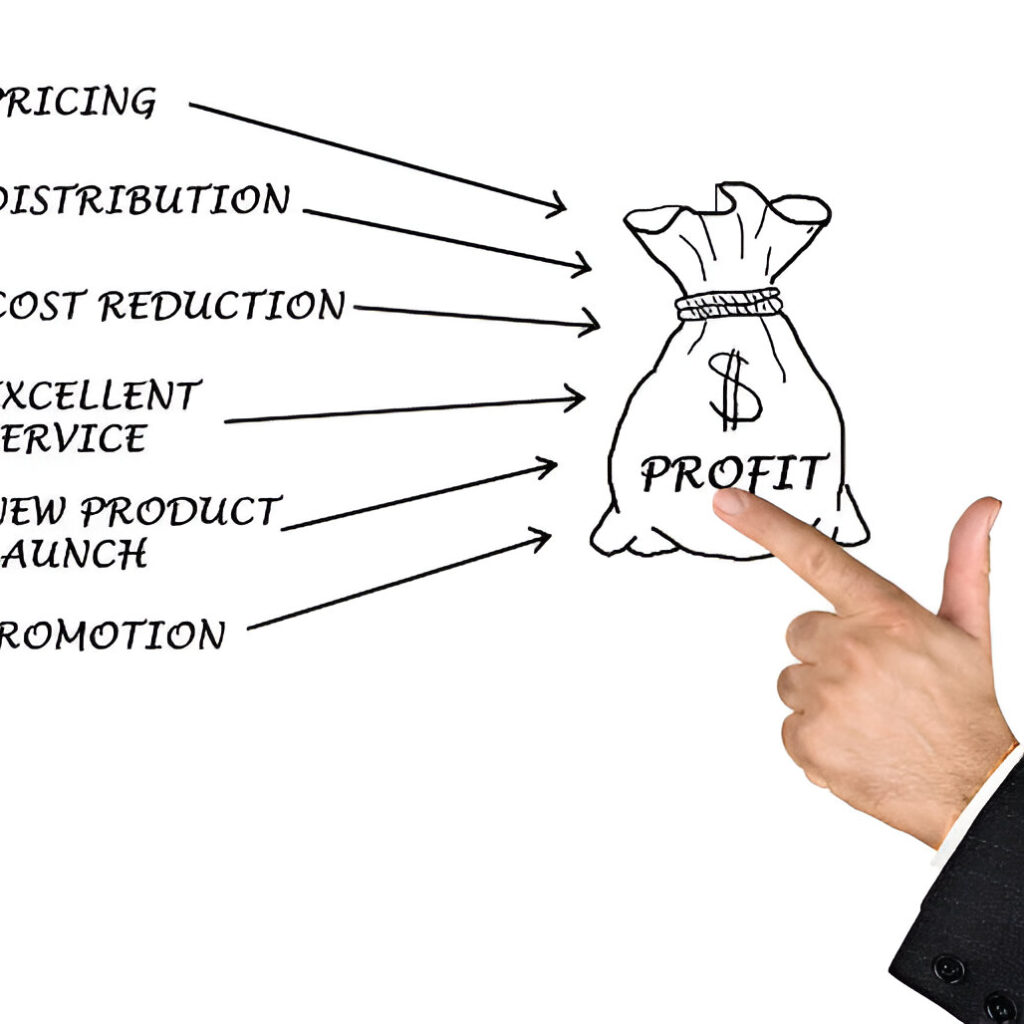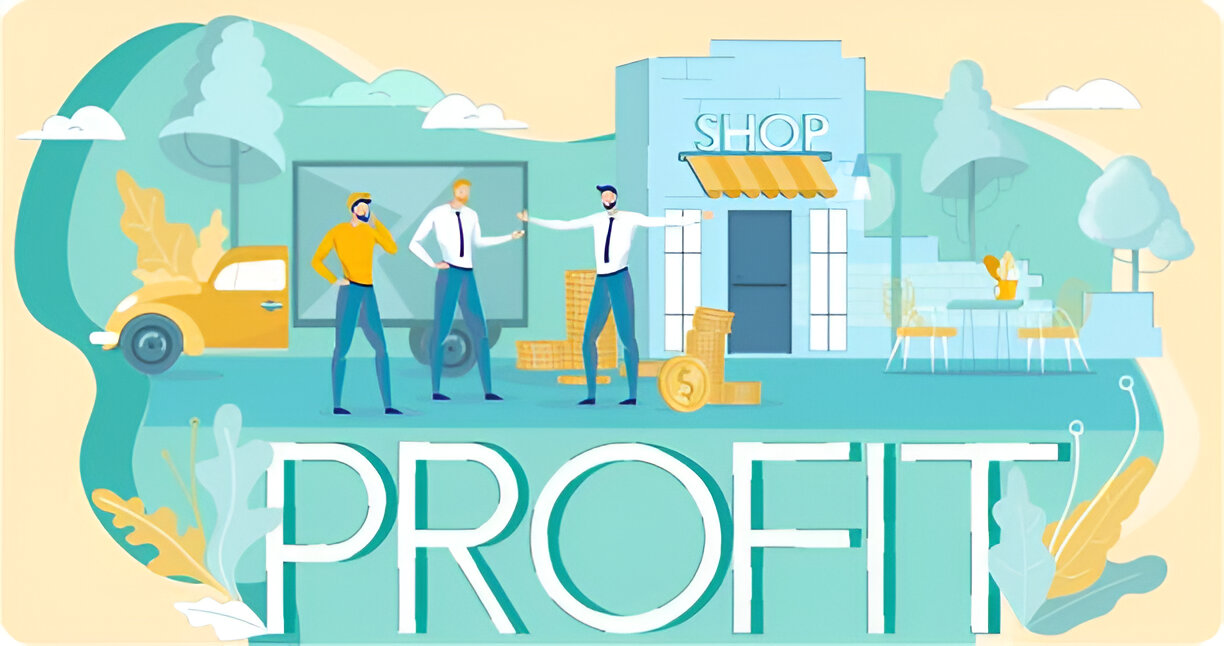Selling on Amazon can be highly profitable, but success depends on choosing the right products. Finding a profitable product requires research, analysis, and strategic decision-making. This guide will take you through a step-by-step process to help you discover high-demand, low-competition products that maximize profits.
Understanding Product Hunting on Amazon
Product hunting involves searching for items that meet key criteria for profitability. This includes analyzing market trends, demand, competition, and pricing strategies. A well-researched product increases the chances of long-term success.
Step 1: Identify a Niche Market
A niche market is a specific segment of customers with particular needs. Finding a profitable niche is essential because it allows sellers to focus on targeted buyers rather than competing in a saturated market.
How to Find a Good Niche:
- Research trending products on Amazon.
- Check Google Trends for increasing search interest.
- Explore customer reviews to find pain points in existing products.
- Consider seasonal or evergreen products.
Step 2: Analyze Demand and Competition
Before choosing a product, ensure it has consistent demand and manageable competition.
How to Check Demand:
- Use Amazon’s Best Sellers Rank (BSR) – A lower BSR means higher sales volume.
- Utilize keyword tools like Helium 10, Jungle Scout, or AMZScout to assess search volume.
- Look at the number of product reviews – High review counts can indicate strong demand.
How to Assess Competition:
- Avoid highly competitive niches with dominant brands.
- Check the number of sellers offering similar products.
- Evaluate the quality of existing listings and see if there’s room for improvement.

Step 3: Evaluate Profitability
A product might have high demand, but if the profit margins are low, it may not be a good investment.
How to Calculate Profitability:
- Use Amazon’s FBA Revenue Calculator to estimate fees and net profit.
- Factor in product sourcing costs, shipping fees, and advertising expenses.
- Aim for at least a 30-50% profit margin to ensure sustainability.
Step 4: Find Reliable Suppliers
Once you identify a profitable product, the next step is sourcing it from a reliable manufacturer.
Where to Source Products:
- Alibaba & AliExpress – Good for private labeling and bulk orders.
- US-based Suppliers – Faster shipping but higher costs.
- Local Manufacturers – Can offer unique products with better quality control.
Step 5: Validate Product Quality
Before placing bulk orders, test product quality to avoid negative reviews and returns.
Ways to Ensure Quality:
- Order samples before committing to large orders.
- Check supplier certifications and reviews.
- Work with third-party inspection services if sourcing internationally.
Step 6: Optimize Your Product Listing
An optimized product listing improves visibility and conversion rates.
Key Elements of a Great Listing:
- Title: Use relevant keywords and make it compelling.
- Bullet Points: Highlight benefits and key features.
- Description: Provide detailed information in a clear, engaging manner.
- Images: Use high-quality, professional photos with multiple angles.
- A+ Content: If eligible, enhance product descriptions with rich media and comparison charts.
Step 7: Launch and Market Your Product
Launching your product effectively ensures visibility and initial sales traction.
Launch Strategies:
- Amazon PPC Advertising: Run pay-per-click campaigns to boost visibility.
- Promotions & Discounts: Offer limited-time discounts to attract customers.
- Influencer Marketing: Partner with social media influencers to create buzz.
- Amazon Early Reviewer Program: Get initial reviews to build credibility.
Step 8: Monitor and Optimize Performance
Regularly tracking product performance helps improve sales and profitability.
Key Metrics to Track:
- Conversion Rate: Percentage of visitors who make a purchase.
- Return Rate: High returns may indicate quality issues.
- Customer Reviews & Ratings: Helps in making product improvements.
- Sales Trends: Identify seasonal fluctuations or growing demand.
Common Mistakes to Avoid in Product Hunting
- Choosing Overly Competitive Products: It’s hard to compete with big brands.
- Ignoring Profit Margins: High sales volume means nothing if profits are minimal.
- Not Validating Demand: Selling a low-demand product leads to slow-moving inventory.
- Skipping Product Testing: Poor quality leads to negative reviews and returns.
Conclusion
Finding profitable products on Amazon requires strategic research, demand analysis, and smart sourcing. By following these steps, you can reduce risk and increase your chances of building a successful Amazon business. Stay updated with market trends, continuously optimize your listings, and focus on customer satisfaction to sustain long-term growth.
FAQs:
1. What is Amazon product hunting?
Amazon product hunting is the process of finding high-demand, low-competition products to sell on Amazon for maximum profitability. It involves researching trends, analyzing competition, and calculating potential profit margins.
2. How do I identify a profitable niche on Amazon?
A profitable niche has strong demand but low competition. You can use tools like Google Trends, Jungle Scout, and Helium 10 to find trending products and analyze market gaps.
3. What are the key factors to consider when choosing a product to sell?
Look for products with:
- Consistent demand (Check Amazon Best Sellers Rank)
- Low to medium competition (Fewer established sellers)
- Good profit margins (At least 30-50%)
- Lightweight and small size (Reduces shipping costs)
4. How do I check if a product has high demand?
You can determine demand by:
- Checking Amazon Best Sellers Rank (BSR) – lower numbers indicate higher sales.
- Using keyword research tools to analyze search volume.
- Reading customer reviews to understand buying behavior.
5. How do I find reliable suppliers for my products?
- Use Alibaba, AliExpress, ThomasNet, or SaleHoo for wholesale sourcing.
- Contact local manufacturers for unique products.
- Order samples before placing bulk orders to ensure quality.
6. How do I calculate profit margins on Amazon?
Use Amazon’s FBA Revenue Calculator to estimate costs, including:
- Product cost (from supplier)
- Amazon fees (FBA, referral fees)
- Shipping & storage fees
- Marketing expenses (PPC ads, promotions)
7. How do I optimize my product listing for better visibility?
- Use relevant keywords in the title and description.
- Upload high-quality images from different angles.
- Write compelling bullet points highlighting benefits.
- Add A+ Content (if brand-registered) for better conversions.
8. What is the best way to launch a new product on Amazon?
- Run Amazon PPC campaigns to boost visibility.
- Offer discounts or promotions to attract buyers.
- Partner with influencers for product reviews.
- Enroll in Amazon’s Early Reviewer Program to gather reviews.
9. How do I track the performance of my product?
Monitor key metrics like:
- Conversion rate (visitors vs. purchases)
- Customer reviews & ratings (indicate satisfaction)
- Return rate (helps identify quality issues)
- Sales trends (seasonal fluctuations)
10. What are common mistakes to avoid in Amazon product hunting?
- Choosing overly competitive products dominated by big brands.
- Ignoring profit margins, leading to minimal earnings.
- Not validating demand, resulting in slow-moving inventory.
- Skipping product testing, leading to negative reviews and returns.





